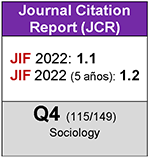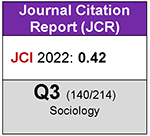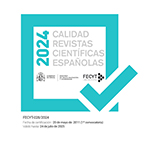Are we More Mobile? New Evidence of Intergenerational Class Mobility in Spain During the Second Half of the 20th Century
DOI:
https://doi.org/10.5477/cis/reis.131.43Keywords:
Social Mobility,, Social Fluidity,, Social Class,, Social Structure,, Economic Structure.Abstract
This paper shows the results of a research project on
relative social mobility patterns in Spain during the
second half of the 20th century.The data were collected
by the Spanish National Statistics Institute for the
Survey of Incomes and Living Conditions (2005). This
empirical material has not been used previously and it
provides new data about the last decade of the 20th
century. The social fluidity models created by Erikson
and Goldthorpe in The Constant Flux (1992) have
been applied. In short, this paper confirms that the
rates of the social fluidity remain invariant during this
period and that the patterns of core social fluidity for
European countries closely match the Spanish case.
Nevertheless, this mobility regime has certain particularities resulting from the characteristics of
Spain’s social and economic structure.
Downloads
Downloads
Published
How to Cite
Issue
Section
License
Copyright (c) 2024 Revista Española de Investigaciones Sociológicas

This work is licensed under a Creative Commons Attribution-ShareAlike 4.0 International License.
Permite Compartir — copiar y redistribuir el material en cualquier medio o formato, Adaptar — remezclar, transformar y construir a partir del material para cualquier propósito, incluso comercialmente.








